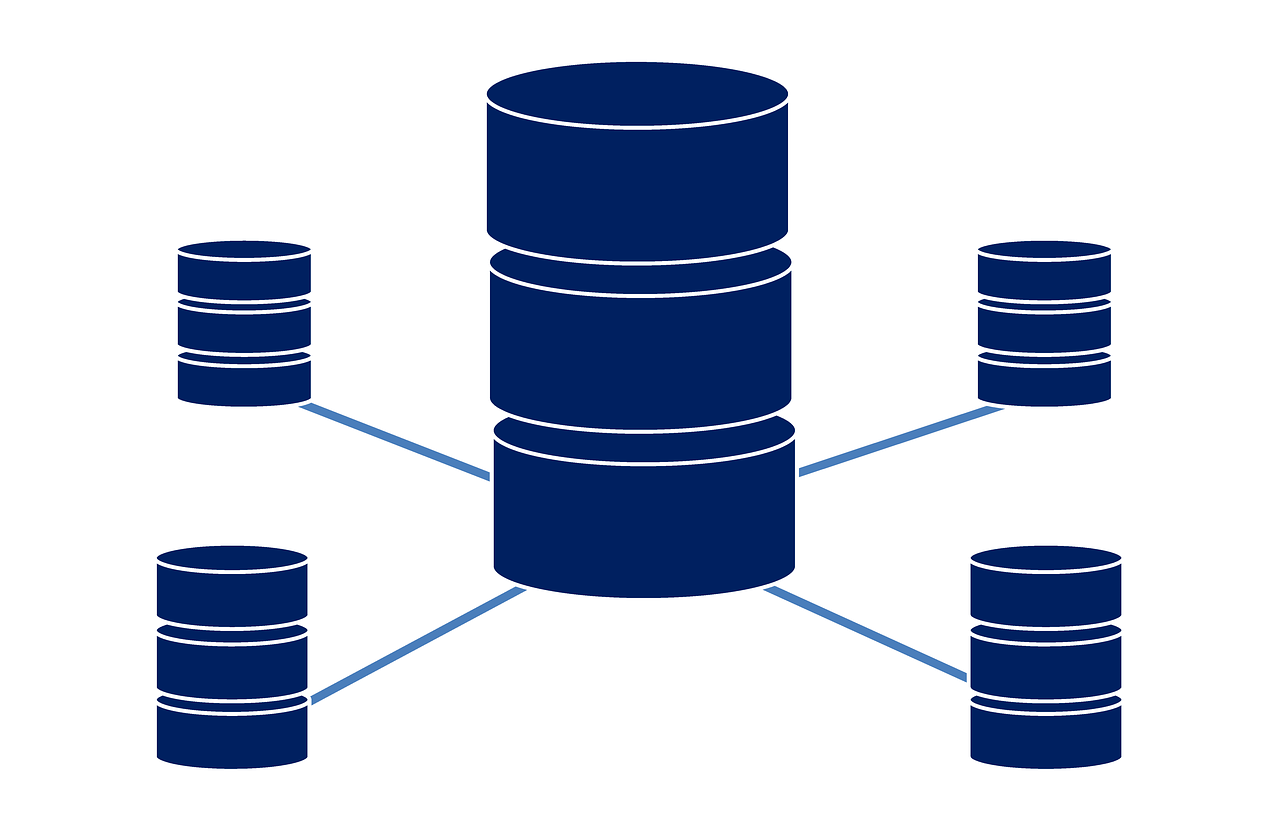Solutions Built for Web Performance

In today’s hypercompetitive digital landscape, delivering fast, seamless website experiences is imperative for success. With users expecting near instant page loads, failure to optimize website performance results in lost traffic, lower conversions and damaged credibility. Implementing solutions purpose-built for speed should be a top priority.
The stakes are high, as 53% of mobile site visitors abandon pages taking over 3 seconds to load. Every additional second of delay costs companies 7% in conversions. Poor performance frustrates customers, pushes them to competitors and directly reduces revenue.
Optimizing website speed requires a multifaceted approach examining code, content, hosting infrastructure and more. Begin by analyzing site pages using online speed test tools to identify bottlenecks. Heavily visualized or interactive pages often need the most work.
From there, prioritize fixes delivering the biggest speed gains. Some of the most impactful areas to address include:
Minifying Code
Minification removes unnecessary characters from HTML, CSS and JavaScript files to reduce their size. This streamlines download times without altering functionality.
Optimizing Images
Image optimization should be an ongoing process. Compress files, crop to key areas and resize appropriately for their page role. Convert large files to more efficient formats.
Enabling Caching
Caching stores page elements and database queries temporarily, eliminating duplicated backend work to rebuild identical content. This significantly accelerates repeat access.
Lazy Loading
Lazy loading defers loading non-critical resources until needed instead of downloading everything upfront. Only high priority content is prioritized.
Scaling Server Resources
Inadequate hosting resources like RAM, bandwidth and CPU often impede performance. Scaling upgrades or optimizing configurations can help.
Using a Content Delivery Network
CDNs store cached copies of assets on distributed servers near visitors to reduce travel distance and delivery times.
Eliminating Redirects
Multiple unnecessary redirects or broken links force browsers to make extra round trips increasing latency. Streamline site architecture.
Minimizing Plugins
Too many functionality plugins can bog down WordPress and other sites. Evaluate if each plugin is actively needed and remove resource-intensive ones.
Improving Database Queries
Inefficient database queries can bottleneck processes. Tune and optimize queries for faster data retrieval.
There are also helpful technical solutions and tools purpose-built for boosting website speed available:
PageSpeed Modules
Developed by Google, these open-source modules automatically apply site performance best practices like compression, caching, minification and more.
WP Rocket
This popular WordPress caching plugin speeds up sites by caching pages, leveraging browser caching and deferring non-essential JavaScript.
Autoptimize
Autoptimize compresses CSS, HTML and JavaScript into condensed files to reduce HTTP requests and page weight for faster loading.
Cloudflare
Cloudflare’s intelligent CDN caches your content across data centers worldwide and provides free SSL encryption.
Hummingbird
This WordPress performance optimization tool minifies code, compresses images and enables browser caching to accelerate page loading.
WP Fastest Cache
This free caching plugin pre-loads cache data to reduce server requests and delays for rapid load times as visitors navigate your WordPress site.
Swift Performance
Swift Performance features customized modules targeting speed bottlenecks – page caching, image optimization, lazy loading and more.
KQ Cache
This open source caching plugin reduces backend load by serving cached web pages instead of rebuilding identical pages for each visitor request.
LiteSpeed Cache
A popular commercial caching tool, LiteSpeed improves page speed by caching, minifying JavaScript, CSS and HTML, and enabling browser caching.
ShortPixel
ShortPixel uses smart lossy compression techniques to optimize images with minimal quality loss while drastically reducing file sizes for faster loading.
In addition to these solutions, review your web hosting plan’s resources. Shared servers with limited bandwidth, storage space and RAM makes consistently fast performance challenging as traffic increases. Investing in VPS or dedicated server plans better supports optimization efforts as site usage grows.
An essential complement to technical improvements is routinely monitoring site speed with tools like Google PageSpeed Insights, Pingdom and WebPageTest to catch new inefficiencies. Set performance targets and tackle areas falling short. Good monitoring helps maintain gains from initial optimization efforts.
Keep pages lean and clean. While flashy graphics, video backgrounds and interactive elements have appeal, restraint is required. Every needless addition bloats page weight. Remember, pages must load in seconds on both desktop and mobile. Avoid “bells and whistles” that distract from usability.
Creating lightweight pages also involves checking third-party resources. Limit unneeded tracking scripts, social buttons, embedded content and exernal APIs that bog down processes while offering little core value. Each additional item compromises speeds incrementally.
Ultimately, dedicating resources to purpose-built performance solutions demonstrates customer respect and commercial savvy. Users expect seamless mobile experiences with no tolerance for sluggish sites. By engineering a high-speed environment purposefully designed for rapid performance, you gain a competitive advantage converting more visitors into long-term advocates.















